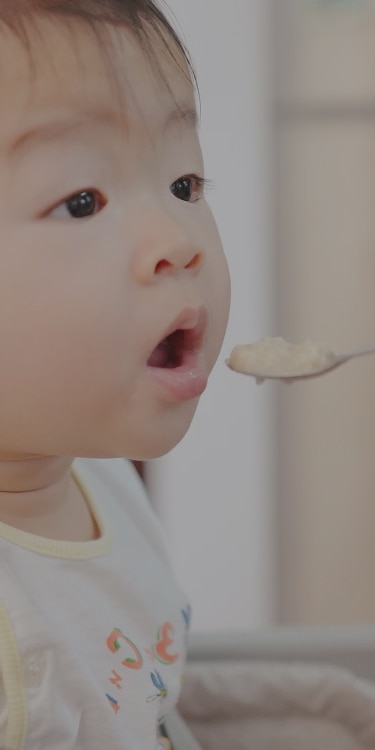There is no established method to evaluate taste preference in infants. A method for measuring sweet taste has been developed for children from 5 years of age1; although experts recognise it may not be appropriate for younger children.1 However, we do know that both HCPs and parents/caregivers consider the taste or palatability of infant formula relevant.
In a survey conducted with 50 HCPs diagnosing and managing CMPA, and 3 groups of 100 caregivers (n=300) from 2 cities in France, they reported several important findings. The survey was performed using blinded tastings of different whey and casein-based formulas as well as amino-acid based formulas and perceptions were recorded.2 Overall findings are presented in Figures 1 and 2 below.
They found that:
- 92% of HCPs agreed that a formula with better palatability would reduce the chance of rejection by the family; while 92% of caregivers said they would feel better giving a formula with better palatability to their baby.
- 96% of HCPs and 86% of caregivers felt better formula palatability would reduce waste.
Fig1. HCP perception of the benefits of palatability of formula for CMPA

Fig 2. Caregiver perception of the benefits of palatability of formula for CMPA

1. Coldwell SE, et al. Neurology 2013;80(11 Suppl 3):S20-4.
2. Muraro A, et al. Abstracts (wiley.com). EAACI 2021: #727.





